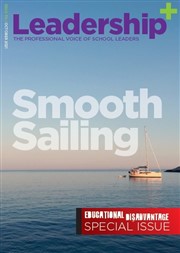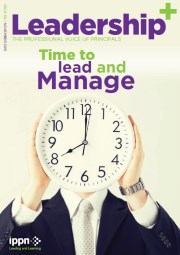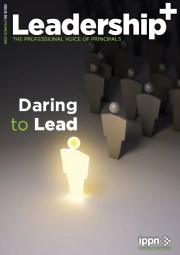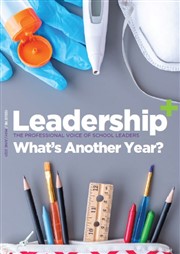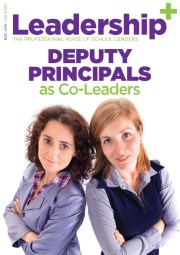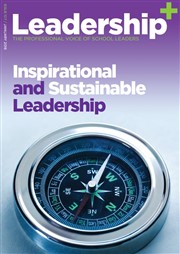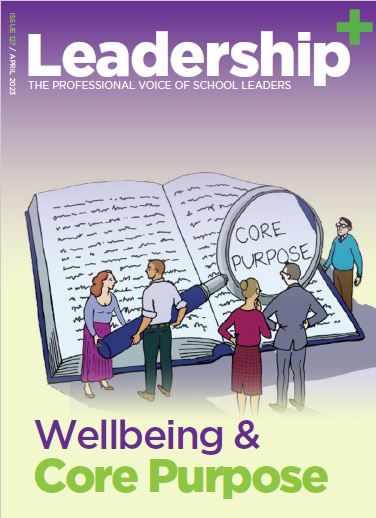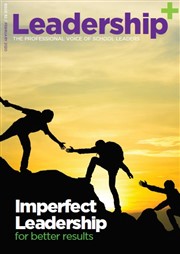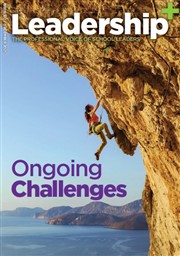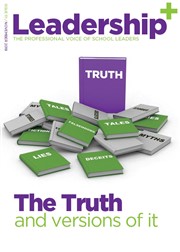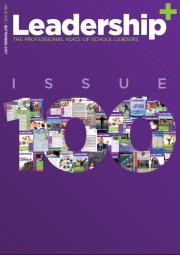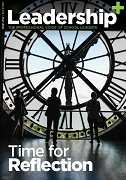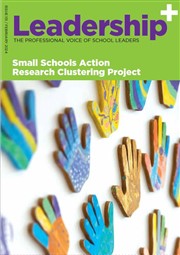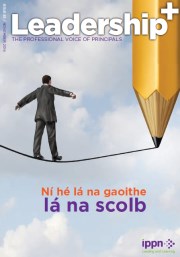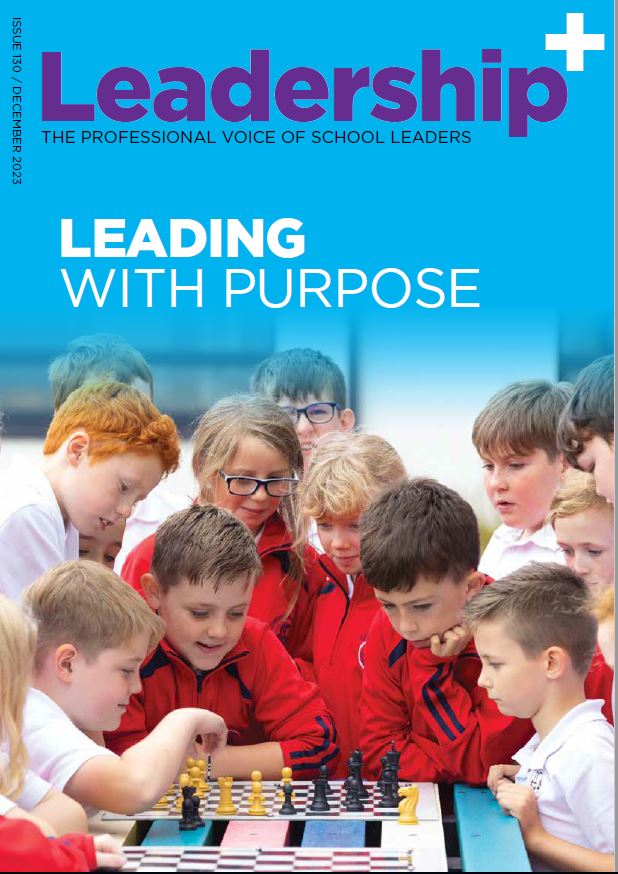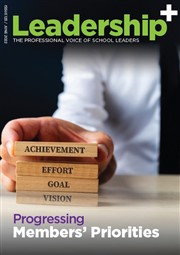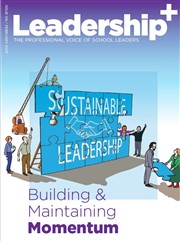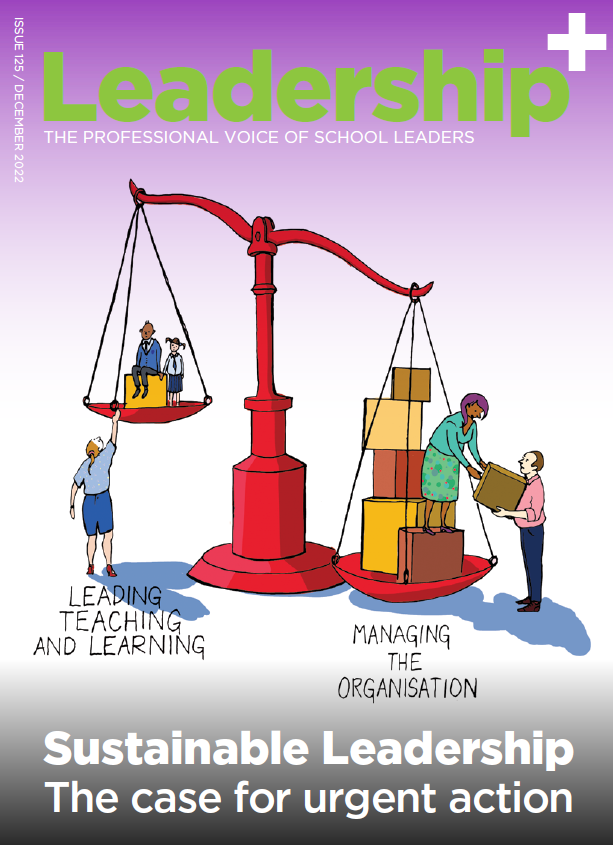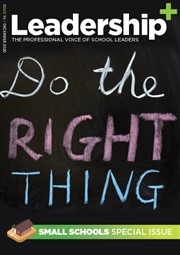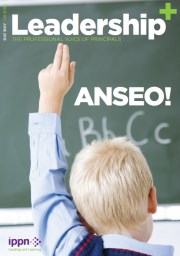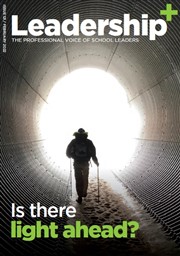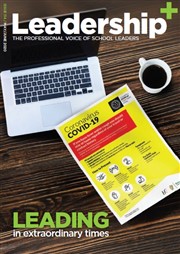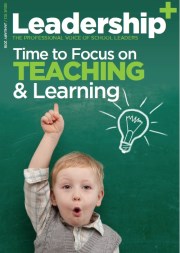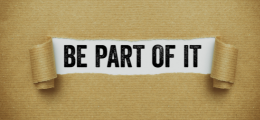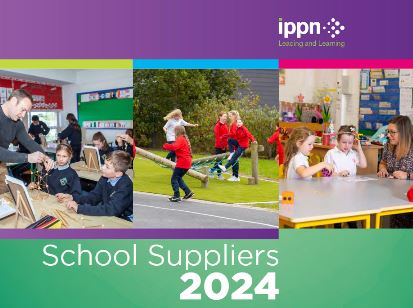The smart board lesson
- Published: 26 September 2008
Interactive whiteboards connected to computers are revolutionising education, but now their creators are turning their attention to the corporate market, writes Karlin Lillington
IN 1987 when Nancy Knowlton's mathematician husband Dave Martin came up with the idea for an interactive whiteboard that could be connected to a computer, the world didn't exactly come banging on the Canadian couple's door.
"At our first trade show, we had exactly one person who expressed an interest in the product," recalls Knowlton. "And at our second trade show, we had two people."
But those people were schoolteachers. And, in a smart move, the couple decided that if teachers were the ones who seemed to get the concept of an interactive whiteboard, maybe they should focus on the education market.
That decision has been the making of Smart Technologies, now a dominant player in a booming industry with 53 per cent market share globally (last month, the company sold its one millionth smartboard). Knowlton is the company's chief executive, while her husband is chairman.
Interactive whiteboards are made with a touch-sensitive material that enables the entire board to become a giant touchscreen for any computer attached to it.
"In our first year, we sold less than 500 units," says Knowlton. "Today, that would be a bad start to a day."
In a stagnating Canadian economy where technology companies are hurting, Smart recently has been adding shifts to meet demand for boards.
Success, however, came slowly - so slowly that now Knowlton marvels that the company survived its unimpressive start. Founded in 1991 (the pair were distributors for projectors to generate cashflow during the years Martin took his idea from drawing stage through to a marketable product), Smart had a low revenue profile until 2003, when sales began to spike.
Why 2003? "One of the major developments was the decision by the UK government to set aside £50 million to buy interactive boards," she says. "Also, there was interest from local authorities. That gave our product quite a boost."
In addition, an equity stake taken by Intel in 2002, which included co-development and joint marketing, was a major help, though the company has remained otherwise self-funded. Soon after, they "started to get some critical mass in the Unites States" as well, she says.
Martin's insight in the late 1980s was that an interactive board would mesh well with the home computing revolution just beginning to take off. "His concept was taking that information that had been personal and private (on a PC) and opening it up to a room," says Knowlton.
The boards are now widely used in education, where they enable teachers to continue teaching at the front of a room using the whiteboard, rather than being at the back or the side of a room operating a PC or a projector. Students come forward and interact with the board in a more dynamic way than with a blackboard.
Along with supplying teachers with plenty of learning support and teaching materials, Smart also ask schools that are buying the product to select 20 or 30 students who get training, too, and can become mentors in the classroom.
"We make students the teachers," she says, which fits with the move away from teachers as didactic presenters of knowledge to teachers as facilitators for students as they work to find information and discuss it themselves.
The didactic lecture "may have worked when you had the 'sage on the stage' versus the 'guide on the side'," she says. "But these days, instead of 'Here's what you should do', it's 'What do you think you should do?'."
Knowlton gets excited when talking about teachers who can stand up in front of the room and show rather than tell. When teachers are using arm movements to move, highlight and circle information on the boards, using virtual coloured pens, children are "building models of knowledge" they gain through those pictures on the board, as opposed to watching a teacher move a cursor around on a projected screen, she says.
"These are gross motor movements and are slow and deliberate," she says. "Lots of kids can't follow small movements" such as teachers writing on a chalkboard or moving a cursor alone, she continues, citing studies that show that one of the single best things teachers can do to accelerate learning is simply to slow down.
She readily acknowledges that teachers can find the shift to interactive boards challenging, but says that is why plenty of support is essential. Irish teachers can find lots of ideas and share information at www.smartboards.ie, for example. There are YouTube demonstration videos, subject specific training, and direct support from resellers.
Numerous surveys demonstrate that teachers as well as students like this technology. In one UK school, not one teacher said they found the boards of no value, and more than half found them "very useful", with 11 per cent saying they "couldn't have done lesson without" such a board.
A 2007 survey of teachers in a Minnesota school district found that 96 per cent felt using such a board made them a more effective teacher. In another US survey, teachers said student behavioural problems diminished when using the boards during lessons.
Downsides are costs - entry level boards start at several thousand euro each - maintenance, and management. At the moment, Irish schools lag behind their UK and US counterparts in whiteboard use, but Knowlton, of course, would like to see that change.
She's also eyeing new markets. After years of focusing primarily on the education sector, Smart is turning its attention to potential in the corporate market, with Knowlton and Martin visiting Ireland and Britain to launch a marketing push.
She says the whiteboards are useful not just for meetings but for video conferencing, as participants can share a desktop, elements from individuals' PCs can be gathered together on the common desktop, and all the materials from such events are archived and shared.
But static erasable whiteboards remain the dominant form of corporate board, don't they? "We expect the corporate market hasn't had the need to evolve sufficiently pressed upon them," she smiles.
She notes that Smart offers proprietary software specifically for corporate use of the interactive boards, and is quick to flag that feature du jour relating to green credentials - the boards can reduce the need to travel to group meetings.
Scandinavia, Germany and the US are already growing markets for corporate whiteboard use, and she says she expects corporate Britain and Ireland to come on board, too.
If they succeed in pushing the interactive boards into the corporate meeting room, who knows? Meeting attendance might rise - but meeting length may increase due to executives having too much fun playing with the boards.
Whiteboards: take-up by Irish schools slow
Interactive whiteboards have become ubiquitous in schools, especially in the United States and in Britain.
Figures on their use in the Irish school system are sketchy. The most recent "census" of ICT in Irish schools was carried out in 2005.
It found that just 1.8 per cent of secondary schools in the State had at least one whiteboard - amounting to about 92 schools.
The situation was slightly better in the post-primary sector, where the percentage of schools with at least one of the interactive boards was 4.7 per cent - equivalent to 39 schools. Just 3 per cent of special schools were using the technology - effectively just four schools in this sector.
Those figures from the Dublin City University-based National Centre for Technology in Education were very little changed on the previous ICT census carried out in 2002. In fact, if anything, the percentage of primary schools using the technology had fallen slightly.
Investment in interactive whiteboards has only really picked up in the past year or two. Industry estimates suggest that between 2,300 and 3,500 of the whiteboards are now in place in around 1,000 schools - about a quarter of all schools. Though a marked improvement, that take-up remains significantly behind that in Britain, where about two-thirds of primary schools and almost all post-primary schools have some access to the technology.
There remain issues with ICT in Irish schools, not least proper training of the teachers expected to use the equipment to enhance the education experience. There are also issues of interactivity - for instance, the two best-selling interactive whiteboards cannot work with each other.
Smart Technologies became the largest player in the Irish market earlier this year and estimates that it now accounts for about 40 per cent of Irish sales.






